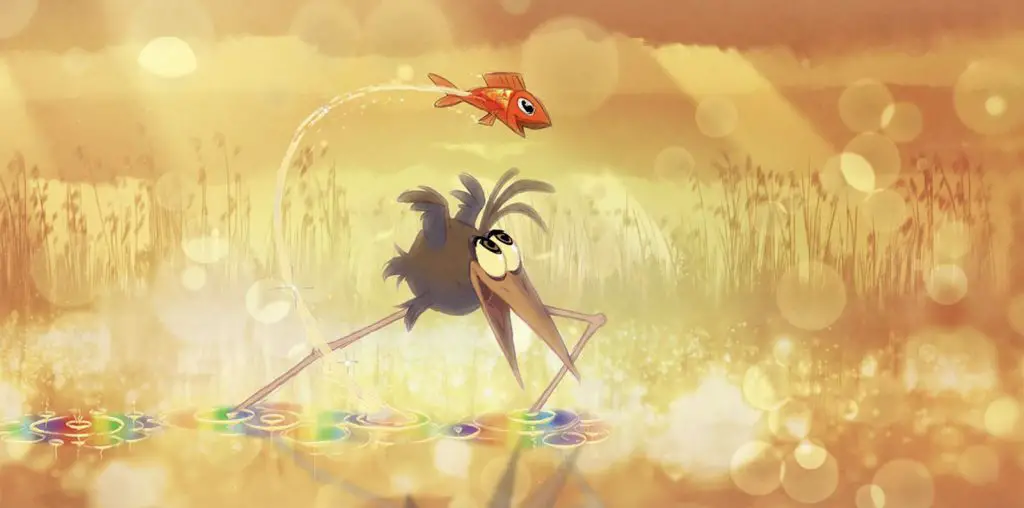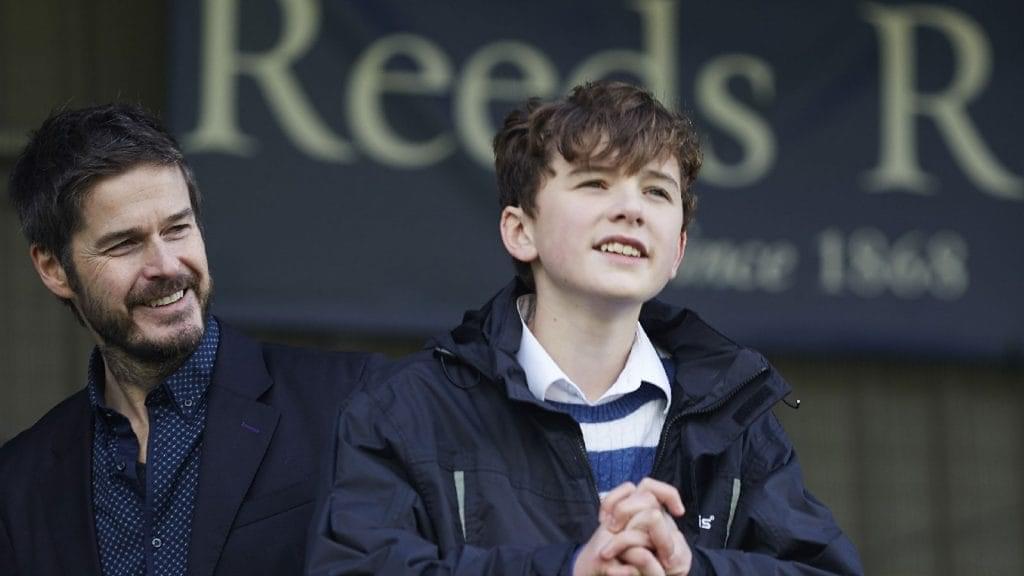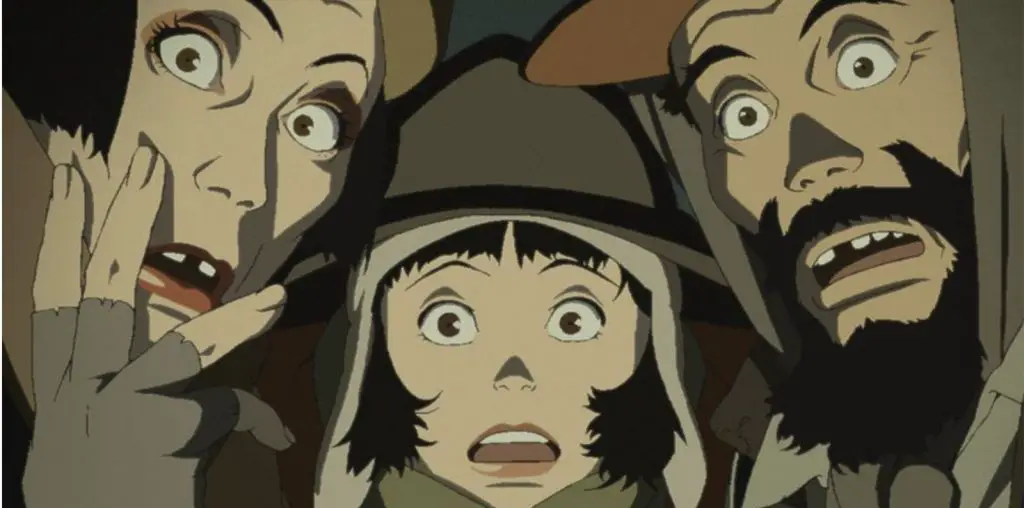
Candice (Daisy Axon) is a charismatic and energetic twelve-year-old who refuses to take “no” for an answer and has struggled her entire life to make friends. One day, shortly after an assignment, dubbed by Candice, a “narrative recount,” where students must use each letter of the alphabet to recount a part of their life, a new boy shows up in her class. This student, Douglass (Wesley Patton), provides a sense of clarity to life and assures Candice that H is for Happiness even when it doesn’t feel that way. As they journey through a series of odd tasks together, the two become closer than they had ever expected, but life, like always, has a habit of getting in the way.
The thing I am always worried about when getting ready to watch a new film with unfamiliar players (especially an independent film) is the acting. I’m not entirely sure that this is fair, but whereas I know what to expect from the Leonardo DiCaprios and Scarlett Johanssons of the world, not knowing the actors present in a film makes me a bit nervous. When the main character is a child, my worries magnify ten-fold.
H is for Happiness employs a twelve-year-old girl to lead the story and keep audiences engaged for nearly two hours. Axon, however, surpasses any expectations that viewers, including myself, might have had. She exudes innocence, happiness, and realism. While these three qualities don’t necessarily always go hand in hand, this combination of characteristics is what makes Candice, and H is for Happiness, so enjoyable. Seeing Candice journey through the rocky waters of life and attempt to decipher the simplest and most dense riddles warms your heart and reminds audiences of a time when things were not so complicated. Seeing her navigate everyday life provides a sense of relief and allows audiences to sit back, forget about the daily grind of taxes and jobs, and simply enjoy what is taking place in front of them. She portrays every emotion with ease and delivers a sincere joy to viewers.
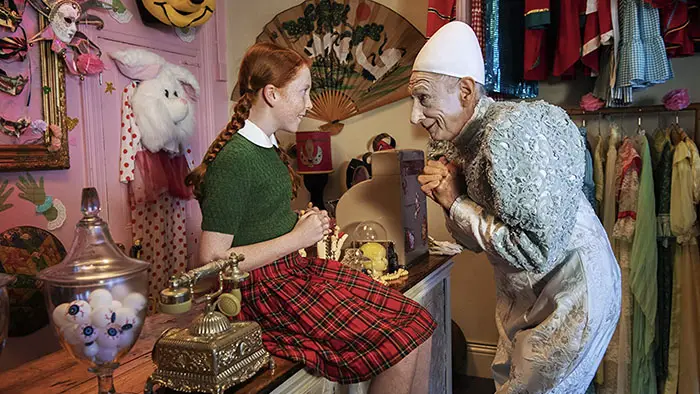
“…a new boy shows up in [Candice’s] class. This student, Douglass, provides a sense of clarity to life…”
Things aren’t all unicorns and rainbows as they might initially seem, however. As H is for Happiness progresses, the tone and theme changes, yet Axon keeps up with the curve. She continues to do everything that is expected of her and delivers more than just a few smiles. Along with the smiles come tears, heartbreak, and anxiety, all propelled forward by Axon and her young, but dominant, brilliance.
Casting director Jane Norris did a wonderful job finding the right people to drive H is for Happiness forward. Not only does Norris choose individuals who can tell the story appropriately, but the actors she chose to play Claire (Emma Booth) and Jim (Richard Roxburgh), Candice’s parents, look as if they are related. Their similarities are not just the aesthetic sort, but also in their mannerisms and facial expressions, bringing the story of H is for Happiness to life and making it more believable.
Through the brilliance of the script, audiences are able to identify with the events, themes, and emotions. Writer Lisa Hoppe and director John Sheedy create a story that transcends audiences and makes them feel like they are part of the story. Even with the difficulties that befall Candice, her friends, and family, H is for Happiness is a feel-good story. It attracts viewers with its beautifully relatable script, talented actors (particularly Axon), upbeat music, and the ever-changing juxtaposition of tone. H is for Happiness finds a sweet spot in cinema, as it appeals to audiences of all ages and walks of life.
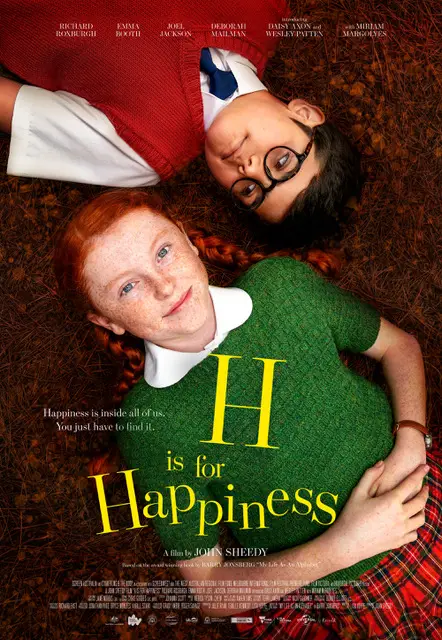
"…appeals to audiences of all ages and walks of life."
